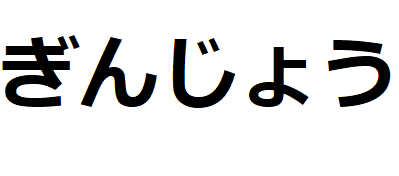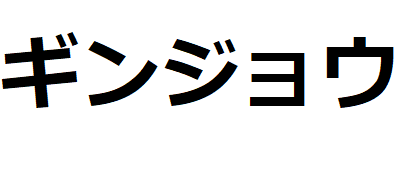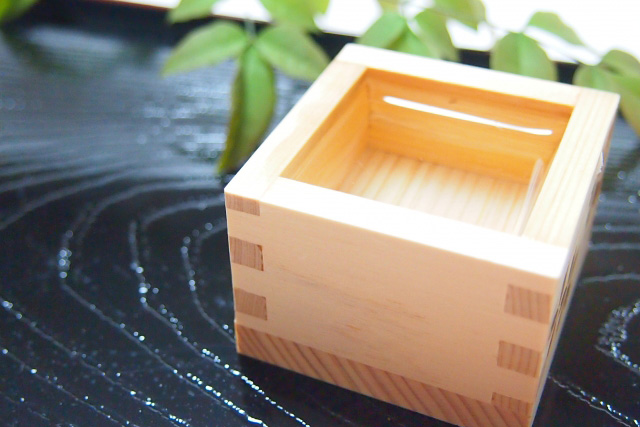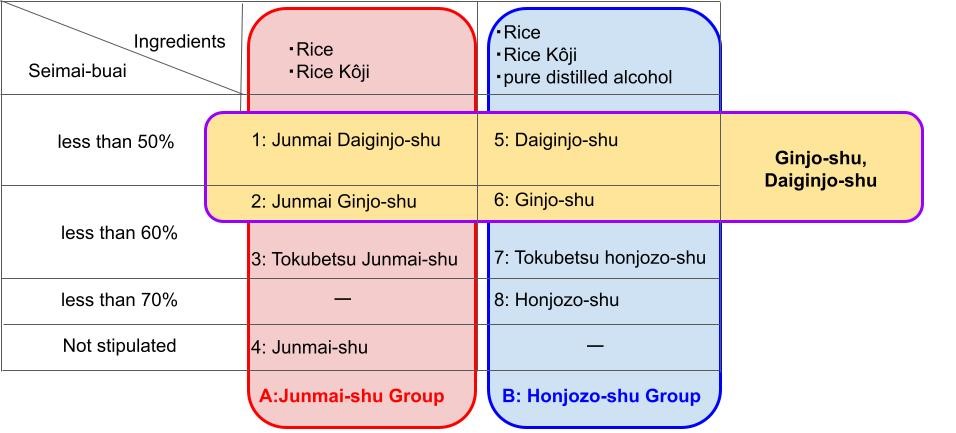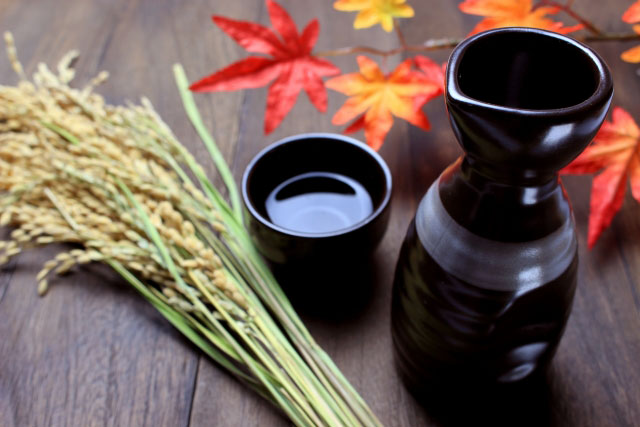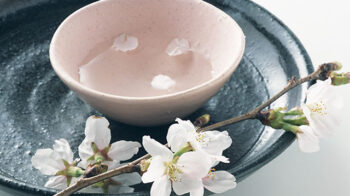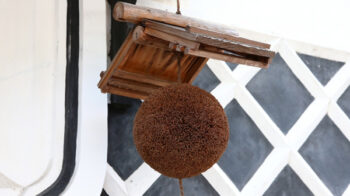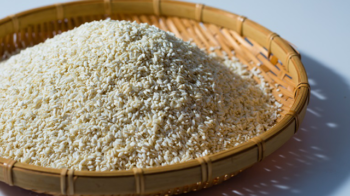Classification (Sake)
Welcome to the world of Classification (Sake).
The knowledge of classification could make your sake more tasty.
Let’s learn about them.
Below is the contents of this page.
1. Tokutei meisho shu
Have you heard the words “Daiginjo” or “Ginjo”?
Probably, they are the most famous sake in the world.
More specifically, both of them belong to a special sake called Tokutei meisho shu.
The classification (Sake) in Japan is regulated by a law (Act on Securing of Liquor Tax and on Liquor Business Associations) and the name Tokutei meisho shu is given to the quality Sake which meets the conditions specified by this law.
Therefore, the classification (Sake) means the classification of Tokutei meisho shu.
2. Classification (sake)
Tokutei meisho shu consists of 8 types divided into 2 groups: A: Junmai shu and B: Honjōzō shu.
In order to understand the classification inside each group, first of all, we should know about Seimai buai.
What’s Seimai-buai?
The Seimai-buai indicates the rate of remaining rice.
For example, if you polish 40% of the rice, the Seimai-buai is 60%.
If you polish 50% of the rice, the Seimai-buai is 50%.
A: Junmai-shu Group
All the ingredients are rice and rice kōji.
According to the Seimai-buai, we divide them into 4 types.
- less than 50%
⇒1. Junmai Daiginjo-shu - less than 60%
⇒2.Junmai Ginjo-shu - 1) less than 60% or
2) Junmai-shu produced in special methods (including special rice)
⇒3. Tokubetsu Junmai-shu - others ⇒4. Junmai-shu
<Note>
If you produce Junmai-shu in special methods with the rice of Seimai-buai less than 60%, you can choose the name from 2. Junmai Ginjo-shu or 3. Tokubetsu Junmai-shu.
B: Honjōzō-shu Group
Not only rice, rice kōji, pure distilled alcohol is also added. However, the quantity of alcohol should represent less than 10% of the rice in weight.
According to the Seimai-buai, we divide them into 4 types.
- less than 50%
⇒5. Daiginjo-shu - less than 60%
⇒6. Ginjo-shu - 1) less than 60% or
2) Honjōzō-shu produced in special methods (including special rice)
⇒7. Tokubetsu honjōzō-shu - less than 70% ⇒8. Honjōzō-shu
<Note>
If you produce Honjōzō-shu in special methods with the rice of Seimai-buai less than 60%, you can choose the name from 6. Ginjo-shu or 7. Tokubetsu honjōzō-shu.
Below is the chart to understand visually the classification.
3. What’s Daiginjo ?
Based on the above classification, next, let’s understand the difference between Daiginjo and Ginjo.
Simply put, the difference comes only from the Seimai-buai.
If the rice remains less than 50%, the finished sake is Daiginjo.
On the other hand, if the rice remains less than 60%, the finished sake is Ginjo.
Incidentally, “dai” means big.
But we have to pay attention to the fact that it only means that the rice polishing rate of Daiginjo is higher than Ginjo
It doesn’t signify the grade of Sake.
4. Kanji and Kana
1) Kanji
To learn Kanji (Chinese characters) is always interesting and beneficial to understand what the word means.
Through Kanji, we can virtually grasp not only the meaning of the word, but also the background it was born in.
Kanji for Ginjo is 吟醸.
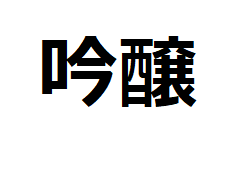
Firstly, 吟.
On the left side, you can find 口 which means mouth. On the other hand, on the right side, you can find 今. This part describes the situation to cover the object. Therefore, in total, 吟 means taste deeply what is inside the mouth.
Secondly, 醸.
Although the Kanji 醸 is very complicated, you can find 酉 which also can be found in 酒(Sake).
Incidentally, another pronunciation for 醸 is Kamo(su) which means fermentation.

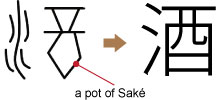
As for Daiginjo, the Kanji 大 is added and it becomes 大吟醸.
According to the most supported theory, 大 indicates a person with arms and legs outstretched.
In the word 大吟醸, we pronounce 大 as dai.

2) Kana
There are two phonograms (kana) in Japanese: 1) Hiragana and 2) Katakana.
According to the most supported theory, both of them were formed by adopting one element of a Kanji character with similar sounding.
Originally, 1) Hiragana were only for women. But today, it has by far the wider usage.
Talking of 2) Katakana, we use it mainly for foreign origin words.
Incidentally, there are 46 characters in both Hiragana and Katakana systems.
As for Ginjo, Hiragana is ぎんじょうand Katakana is ギンジョウ.
As for Dai, Hiragana is だい and Katakana is ダイ.
